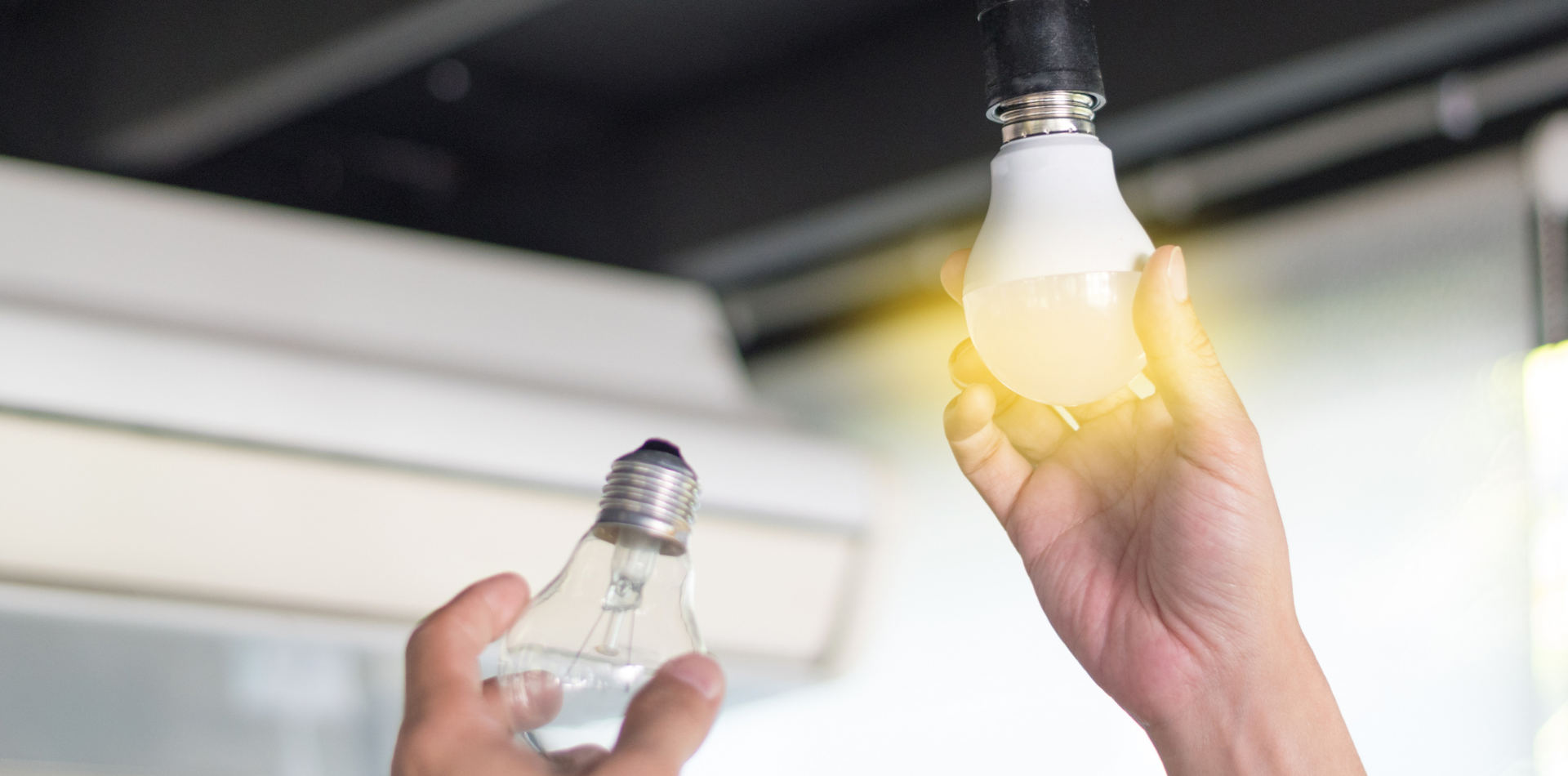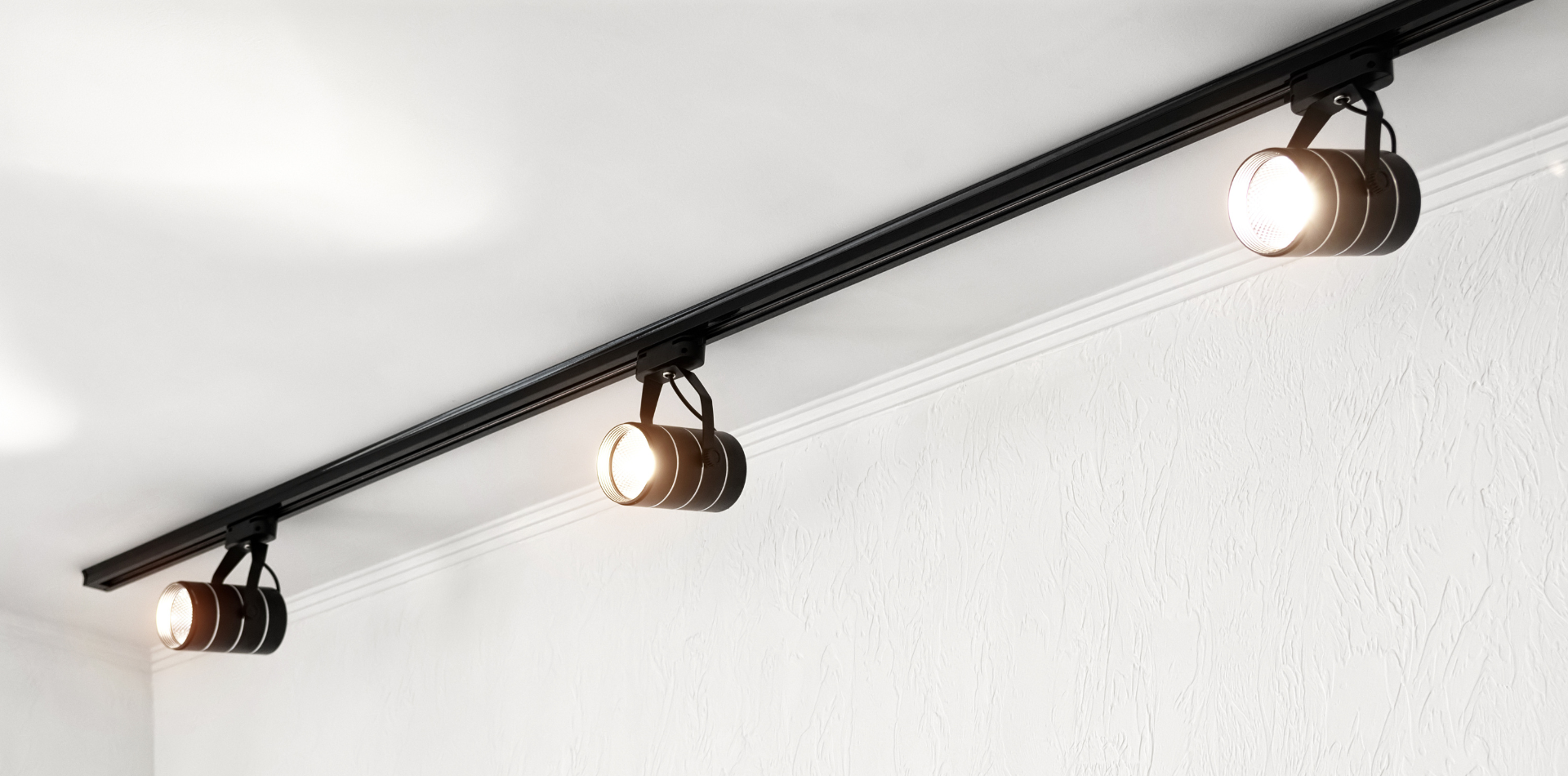Understanding LED Lights and Their Advantages
Understanding LED Lights. What are their Advantages?

In the world of lighting technology, LED lights have emerged as a game changer, revolutionising how we illuminate our spaces with their efficiency, longevity, and versatility.
As we move towards a more energy-conscious and environmentally friendly society, understanding the benefits of LED lights becomes increasingly important.
This article delves into what LED lights are, their advantages, and why they represent the future of lighting.
What are LED Lights?
Before delving into the myriad advantages of LED lighting, it's essential to understand what LED lights are and how they differ from traditional lighting solutions.
An LED, or Light Emitting Diode, is a semiconductor device that emits light when an electric current passes through it. Unlike incandescent bulbs that produce light by heating a wire filament, or fluorescent lamps that use a gas and a mercury vapor, LEDs create light through a process called electroluminescence.
Definition and Basic Principles
Electroluminescence is the key principle behind LED lighting.
When electrons in the semiconductor material recombine with electron holes, they release energy in the form of photons, producing visible light.
This process is highly efficient and generates little heat compared to traditional lighting methods.
Historical Development of LED Lights
The history of LEDs dates back to the early 20th century, but it wasn't until the 1960s that the first practical LED was developed.
Initially, LEDs were used as indicator lights in electronic devices. Over the decades, advancements in technology have improved the brightness, colour range, and efficiency of LEDs, leading to their widespread use today.
Components of an LED Light
An LED light typically consists of the LED chip (the light-producing element), a heat sink to dissipate heat, a driver to regulate power, and an optical component to shape the light output. The design and quality of these components significantly influence the performance and lifespan of an LED light.
The Evolution of Lighting Technology
To appreciate the significance of LEDs, it's helpful to look at the evolution of lighting technologies from incandescent bulbs to the advent of LED lighting. Each stage in the development of lighting technology brought improvements in efficiency, longevity, and environmental impact.
Incandescent Bulbs
Invented by Thomas Edison in the late 19th century, incandescent bulbs produce light by heating a thin filament until it glows.
While they have been the standard for many years, they are highly inefficient, converting only about 5-10% of the energy they consume into visible light. The rest is wasted as heat, leading to higher energy costs and a shorter lifespan.
Fluorescent Lights
Fluorescent lights, which became popular in the mid-20th century, work by passing an electric current through a gas, producing ultraviolet light that then causes a phosphor coating on the inside of the bulb to glow.
They are more energy-efficient than incandescent bulbs but contain mercury, which poses environmental and health risks.
Transition to LEDs
The transition to LED lighting represents a significant leap forward in technology.
LEDs are not only more energy-efficient than both incandescent and fluorescent lights, but they also have a longer lifespan, are more durable, and do not contain harmful substances like mercury.
Energy Efficiency of LED Lights
One of the most compelling reasons to switch to LED lights is their outstanding energy efficiency.
This characteristic not only reduces our carbon footprint but also translates to significant cost savings in the long run.
Comparison with Traditional Lighting
Compared to traditional incandescent bulbs, LEDs use up to 75-80% less energy.
When compared to fluorescent lights, LEDs are about 30-50% more efficient.
This dramatic difference in energy usage makes LEDs an environmentally and economically superior choice.
How LEDs Save Energy
LEDs save energy primarily through their method of producing light.
As they do not rely on heating a filament or using a gas discharge, much more of the energy they consume is directly converted into light. Additionally, their directional nature means less light is wasted, further enhancing their efficiency.
Impact on Electricity Bills
The energy efficiency of LEDs directly impacts electricity bills.
By consuming less power for the same amount of light, LEDs can significantly reduce electricity costs. Over time, the savings from using LED lights can offset the initial higher purchase price.
Longevity and Durability
LED lights are not just energy-efficient; they also boast an impressive lifespan and durability.
This longevity reduces the need for frequent replacements, further contributing to cost savings and environmental benefits.
Life Expectancy of LEDs vs. Traditional Bulbs
LEDs have an average lifespan of 25,000 to 50,000 hours, which is far longer than the 1,000 hours of incandescent bulbs and 8,000 hours of fluorescent lamps.
This extended lifespan means fewer replacements and less waste.
Factors Contributing to LED Longevity
Several factors contribute to the longevity of LED lights.
The absence of a fragile filament or glass enclosure makes them more robust and less prone to damage. Additionally, the efficient heat management design of LEDs prevents them from overheating, further extending their life.
Durability in Various Conditions
LEDs are highly durable and can withstand harsh conditions, including frequent switching on and off, vibrations, and extreme temperatures.
This makes them ideal for a variety of applications, from industrial settings to outdoor lighting.
Environmental Impact
Reduced Carbon Footprint: LEDs are highly energy-efficient, meaning they require less electricity to operate compared to traditional incandescent and fluorescent lights. This reduced energy consumption directly translates to lower carbon emissions, particularly in regions where electricity is generated from fossil fuels.
Less Waste: The long lifespan of LED lights means they need to be replaced less frequently than traditional bulbs, leading to reduced waste. Additionally, as LEDs become more prevalent, the volume of hazardous waste (like mercury from fluorescent lamps) decreases.
Recyclability: Many components of LED lights are recyclable. While the recycling process for LEDs is not as established as for other types of bulbs, the materials used in LEDs, such as aluminum and plastic, can often be recycled, reducing landfill waste.
Safety
Low Heat Emission: LEDs emit very little heat compared to incandescent and fluorescent bulbs. This reduces the risk of burns and fires, making LEDs a safer option for various applications, including in homes and sensitive environments like museums or food storage areas.
No Hazardous Substances: Unlike fluorescent lights, which contain mercury, a toxic substance that requires special handling and disposal, LEDs do not contain hazardous materials.
This makes them safer for users and the environment.
Reduced UV Emissions: LEDs emit very little ultraviolet (UV) light. Exposure to UV radiation can be harmful to both people and materials, leading to health risks and fading of fabrics or artworks.
The minimal UV emission from LEDs makes them a safer and more suitable choice for lighting sensitive objects and spaces.
Durability and Reliability
LEDs are more durable than traditional light bulbs due to their solid-state construction.
They are less likely to break, shatter, or malfunction, which reduces the risk of injuries and accidents associated with broken glass and faulty lighting.
No Flickering: High-quality LEDs do not flicker, whereas fluorescent lights often produce a flickering effect, which can cause eye strain, headaches, and discomfort. This steady light output makes LEDs a more comfortable and healthier lighting choice, especially in environments where people spend extended periods, such as offices or schools.
Safe for Sensitive Environments: Due to their low heat emission and absence of toxic substances, LEDs are safe to use in environments where heat and chemical emissions can be problematic, such as in hospitals, laboratories, and food processing facilities.
Better Light Quality: LEDs provide high-quality light that can be controlled for brightness and color temperature. This adaptability allows for creating lighting environments that are comfortable and conducive to well-being, reducing the strain on eyes and improving overall ambiance.

Quality of Light
Colour Rendering Index (CRI): LEDs have excellent colour rendering capabilities, meaning they can produce colours that are true and natural compared to the actual colours of objects. The Colour Rendering Index is a scale from 0 to 100 that measures a light source's ability to reveal the colours of objects faithfully in comparison with a natural light source. LEDs typically have a high CRI, making them ideal for applications where accurate colour perception is important, such as in retail, art galleries, and photography.
Colour Temperature: LEDs offer a wide range of colour temperatures, measured in Kelvins (K). They can provide a spectrum from warm white (around 2700K) which creates a cozy, inviting atmosphere, to cool white (around 6500K) which is more energising and similar to daylight. This range allows for flexibility in designing lighting schemes suitable for various settings and moods.
Brightness and Intensity: LED technology allows for precise control over the brightness and intensity of light. Unlike traditional bulbs, LEDs can be dimmed to any level without affecting the quality of the light. This feature is particularly useful in environments where varying light levels are needed, such as in restaurants, theaters, and homes.
Versatility
Design Flexibility: LEDs are small and compact, which makes them highly adaptable to a wide range of lighting designs. They can be used in traditional light fixtures, integrated into architectural elements, or even in innovative, artistic installations. This flexibility allows for creative and functional lighting solutions in both indoor and outdoor settings.
Directional Lighting: LEDs are inherently directional, emitting light in a specific direction, unlike incandescent and fluorescent bulbs that emit light in all directions. This directional lighting is beneficial for applications like task lighting, accent lighting, or spotlighting, where focused light is required.
Variety of Applications: The versatility of LEDs extends to various applications, including residential, commercial, industrial, and public spaces. They are used in streetlights, automotive lighting, traffic signals, signage, and much more. The ability to withstand different environmental conditions also makes LEDs suitable for outdoor and rugged applications.
Smart and Connected Lighting: LED technology integrates seamlessly with smart and connected lighting systems. LEDs can be easily controlled and programmed using various technologies, including remote controls, smartphones, and automation systems. This integration allows for energy savings, convenience, and the creation of dynamic lighting environments.
Eco-friendly Options: LEDs are often designed with eco-friendliness in mind. They are free of toxic materials like mercury and are generally more recyclable than traditional bulbs. This attribute, combined with their energy efficiency and long lifespan, makes them an environmentally responsible lighting choice.
You might also like





